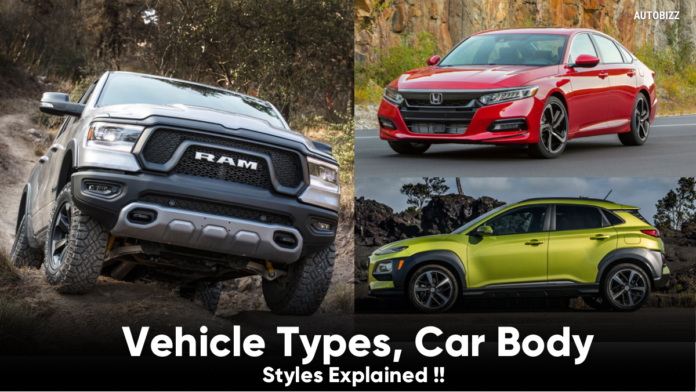With over 400 different models and numerous car kinds accessible, today’s car market offers a world of options. It can be difficult to make sense of everything. What are the many sorts of automobiles? The first thing to understand is that “cars” refers to “all forms of passenger vehicles.” We’ve broken down all of those car options into nine broad categories to make things easy, spanning everything from coupes to full-size sedans to crossover SUVs.
Car Body Styles
The easiest method to identify a car is by its appearance. When a vehicle approaches you on the street, what is the first thing you notice? Its form. This is referred to as “body style.” Is it boxy and tall? Low and elegant? Is there a count of how many doors it has? The simplest method to classify a vehicle is by its body type.
1. Sedan

A sedan is a four-door vehicle with a typical trunk. They come in a variety of sizes, from small (subcompact vehicles like the Nissan Versa and Kia Rio) through compacts (Honda Civic, Toyota Corolla), mid-size (Honda Accord, Nissan Altima), and full-size (Honda Accord, Nissan Altima) (Toyota Avalon, Dodge Charger). Sedans from luxury companies such as Mercedes-Benz and Lexus are also available in similar proportions.
2. Coupe
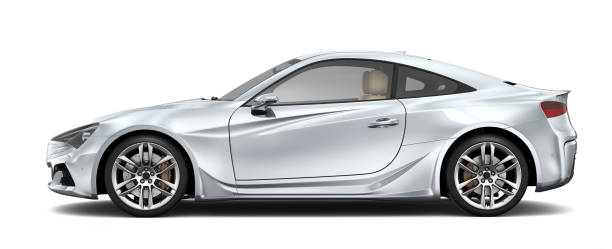
Historically, a coupe was defined as a two-door car with a trunk and a solid roof. Cars like the Ford Mustang and Audi A5, as well as two-seat sports cars like the Chevrolet Corvette and Porsche Boxster, fall into this category. Car producers have recently begun to use the term “coupe” to describe four-door sedans or crossovers with low, sleek rooflines that they consider “coupe-like.” This covers anything from a Mercedes-Benz CLS car to a BMW X6 SUV.
3. Sports Car

Low to the ground, sleek, and frequently pricey, these are the sportiest, sexiest, and coolest-looking coupes and convertibles. They are usually two-seaters, but they can also feature small rear seats. Sports cars include cars like the Porsche 911 and Mazda Miata, but muscle cars like the Ford Mustang and Dodge Challenger can also be included. Then there are the one percent’s high-end exotic dream cars, such as the Ferrari 488 GTB and Aston Martin Vantage, which stop traffic with their spaceship appearance.
4. Station Wagon
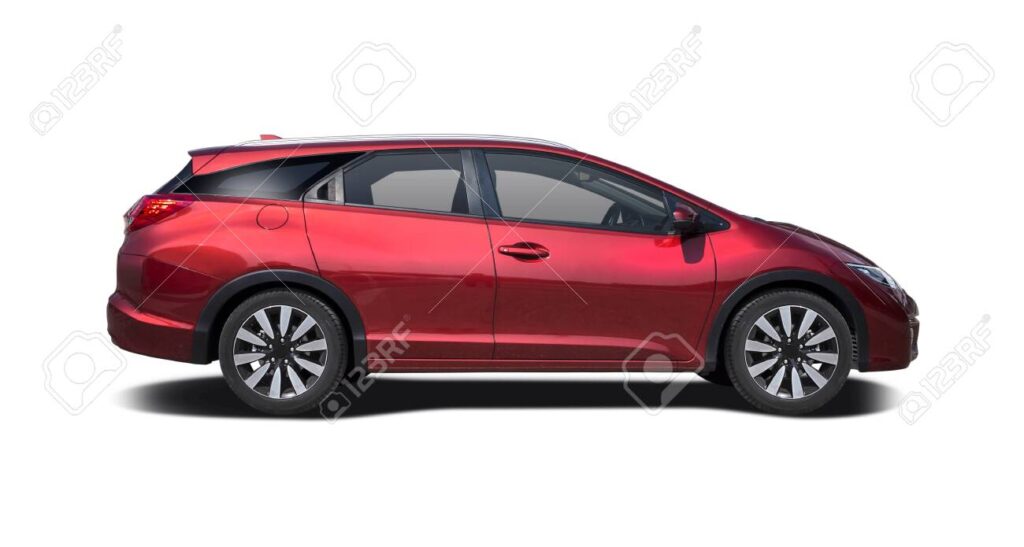
Wagons are similar to sedans, but with a longer roofline and a hatch door in place of a trunk. Some, such as the Subaru Outback and the Audi A4 Allroad, have raised ground clearance and tough body cladding to make them more like sport-utility vehicles (SUVs), but they are still sedans. Wagons have fallen out of popularity in recent decades, and there are just a few on the market in the United States.
5. Hatch Back
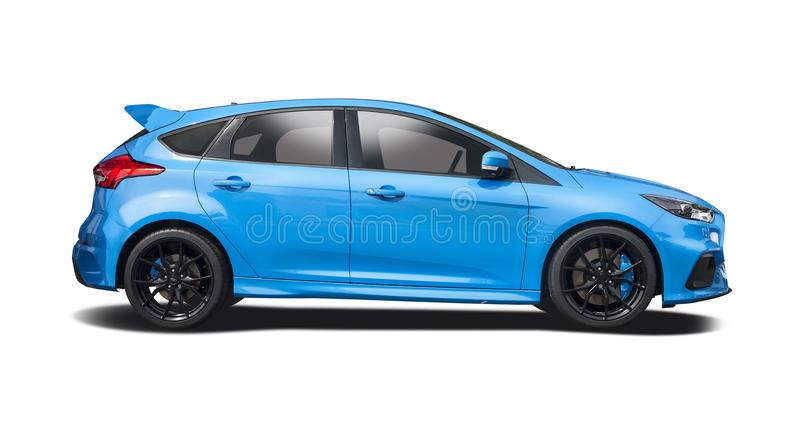
Traditionally, a “hatchback” has been defined as a tiny or subcompact sedan with a squared-off roof and a rear flip-up hatch door that, rather than a traditional trunk, offers access to the vehicle’s cargo area. Two common hatchbacks are the Volkswagen Golf and the Kia Rio. Rear hatchbacks have lately been added to certain larger vehicles, such as the Audi A7 and Kia Stinger. They may appear to be sedans, but they fact have a steeply sloped hatchback that allows for easier cargo access and more carrying space than a typical trunk.
6. Convertible
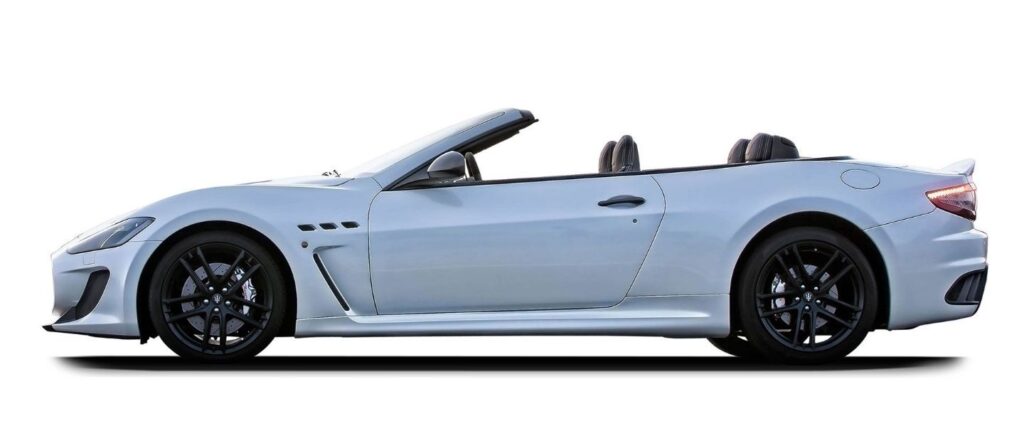
Is the passenger cabin exposed to the elements because the roof retracts into the body? It’s a convertible if that’s the case. The majority of convertibles have a fully powered fabric roof that folds down, although a few require manual operation. There are also a few models with a retractable hardtop, as well as a few rare quasi-convertibles (called “targa tops”), such as the Mazda MX-5 Miata RF, Porsche 911 Targa, and Corvette, where just the forward piece of the roof retracts or can be removed by hand.
7. Sports Utility Vehicle (SUV)
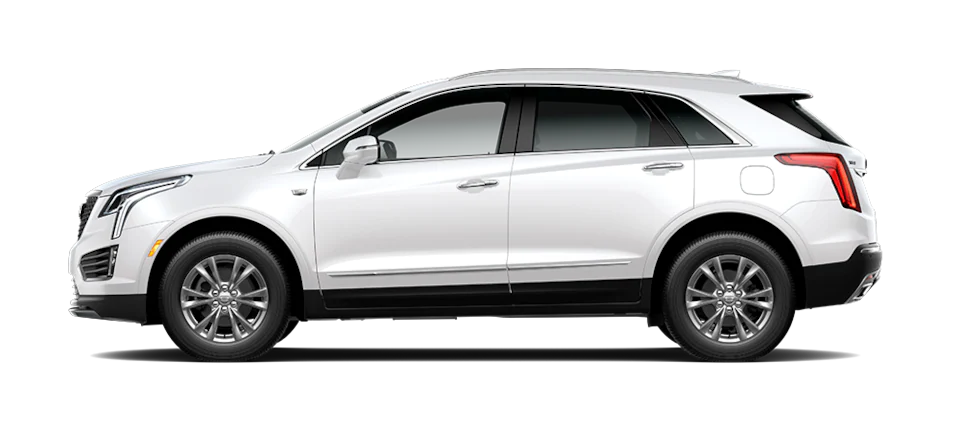
SUVs, which are also known as crossovers, are taller and boxier than sedans, with a higher seating position and more ground clearance than a vehicle. They have a cargo space that looks like a station waggon and is accessed through a flip-up rear hatch door, and many have all-wheel drive. Three rows of seats are available in the larger ones. Subcompact (Hyundai Kona, Nissan Kicks), mid-size, and full-size vehicles are available (Ford Expedition, Chevrolet Tahoe). Many SUV models are available from luxury companies in most of the same size categories.
8. MiniVans
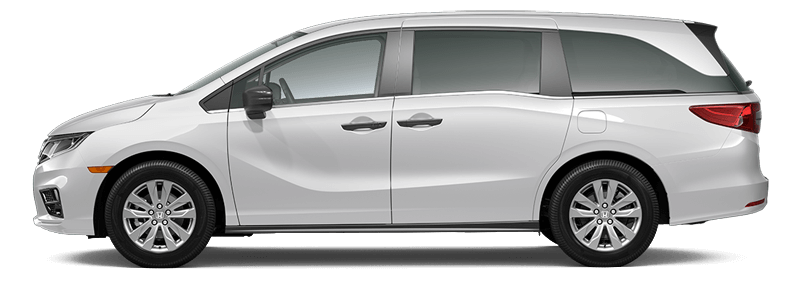
Minivans are the workhorses of the family-car sector, the most efficient at transporting people and cargo. They’re called minivans, but they’re anything but. Because they’re tall box-on-wheels with sliding side doors for convenient access and a rear hatch that opens to a wide cargo compartment, this is the case. The second and third rows of most minivans have movable seats that may be removed or folded into the floor to create a large open cargo compartment. The Honda Odyssey and Chrysler Pacifica are excellent examples of this type of vehicle.
9. Pickup Truck
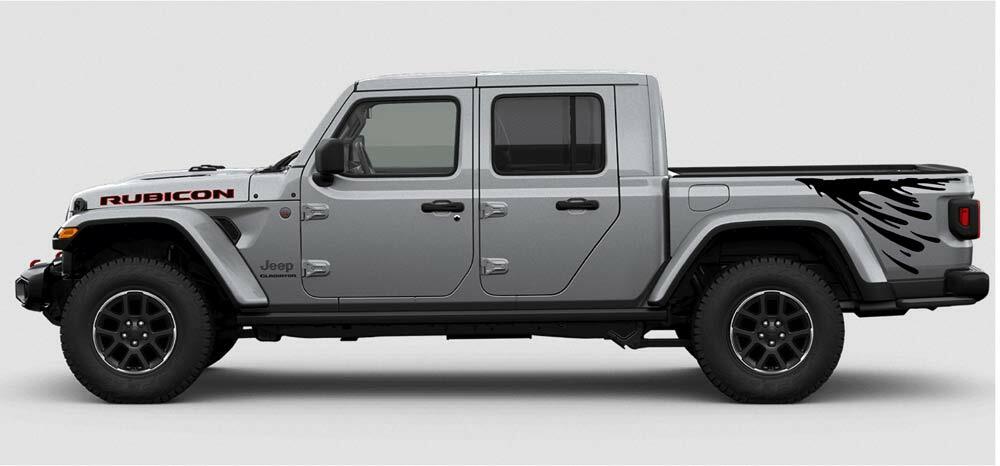
The back of a pickup truck has an open cargo bed and a passenger cab. Almost all trucks come with all-wheel drive or part-time four-wheel drive, the latter of which is only for off-road use. Pickup bodies are generally fixed to a separate steel frame, with the exception of the mid-sized Honda Ridgeline. The Ridgeline is more of a crossover than a truck, with the rear half of the roof shaved off to reveal a cargo bed. Pickup vehicles are currently available in two sizes: full-size and mid-size.
It Doesn’t Stop Here
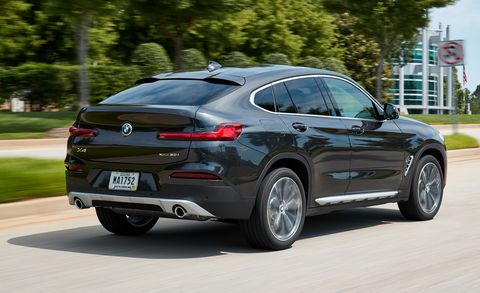
There’s more to it than basic body types. Those 10 types of vehicles are available from dozens of different brands from Acura to Volvo—and in many sizes and at widely varying prices. But there are always a few outliers that don’t quite fit neatly into any category, like the BMW X4 “four-door coupe SUV” pictured here.


